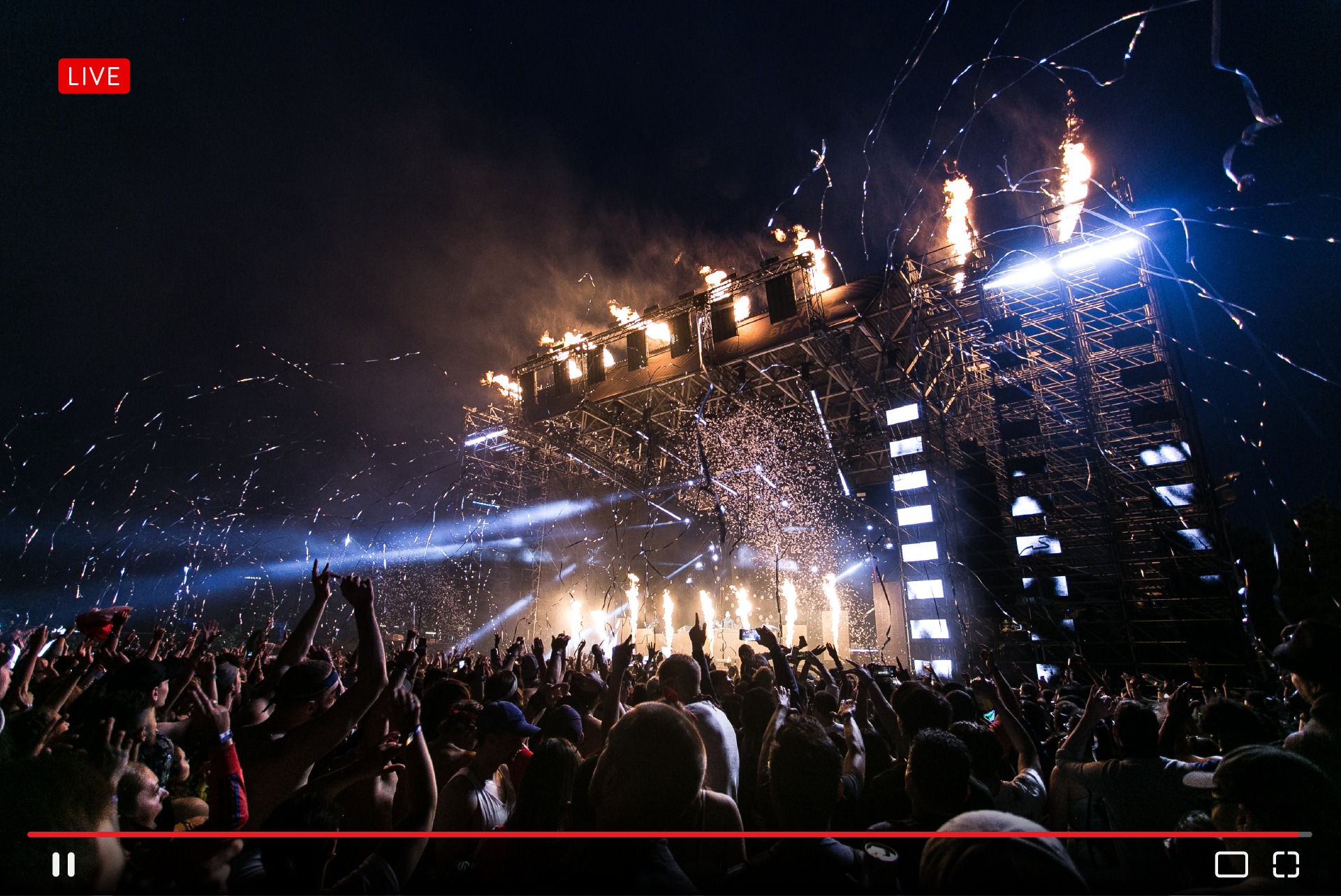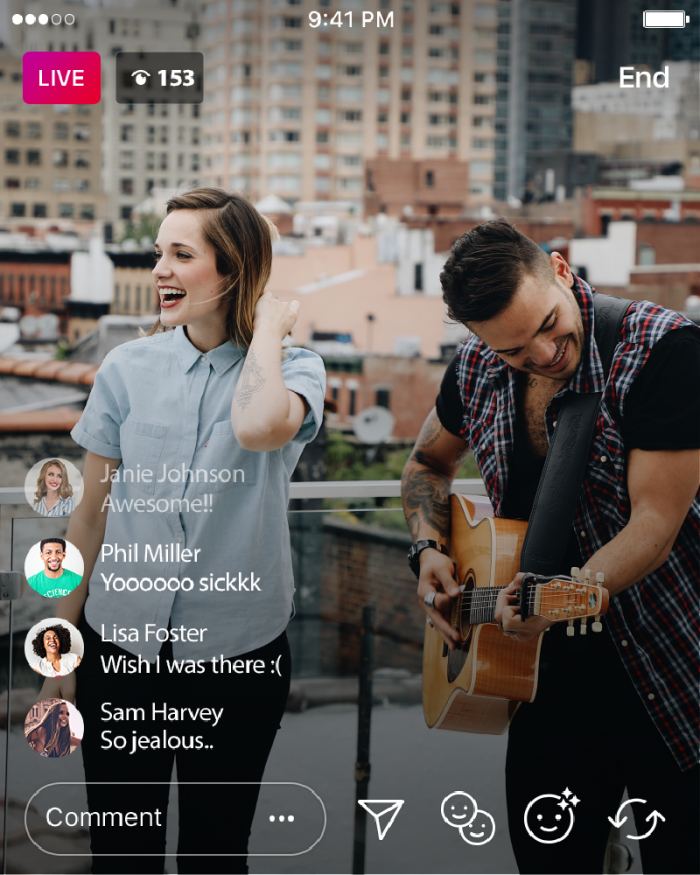Streaming in the Music Industry
What do Juice WRLD and Post Malone have in common (besides matching nose rings)? They’re both among the top streaming earners in the music industry for the first half of 2019. And while there’s plenty of talk about the ways smartphones and streaming technology have altered the music industry forever, most of it focuses on the negative aspects.
Sure, musicians can no longer get away with inappropriate on-stage moments and wardrobe malfunctions. But, video streaming also makes it easier for artists to get their name out there and engage with fans across the globe.
Whether taking the form of an instantly sold-out reunion concert or a Spotify playlist, streaming now accounts for 75 percent of the music industry’s revenue. Here are the ways this technology is impacting fans and artists in 2019.
Audio-Only Streaming
Audio-only streaming includes subscription media sources like Spotify, ad-supported streaming services like YouTube, and internet radio platforms like Sirius XM. After years of declining revenue, the music industry is finally recovering due to these burgeoning formats.
Digital sales now outperform physical products. Even with vinyl having a moment (accounting for more than a third of the revenue generated from physical formats), musical success is now measured in stream numbers rather than album sales.
Just what does a top-performing musician look like by those measurements? Ariana Grande, 2019’s biggest streaming earner so far, clocks in at 2.83 billion video and audio streams just four months into the year. In her case, that’s resulted in $12.08 million in revenue.
But streaming profits only make up a fraction of a musician’s income. According to The Verge, most artists earn between $0.006 and $0.0084 each time one of their songs is streamed on Spotify.
So what gives? Musicians and their labels are finding creative ways to bolster and supplement this revenue with the tactics detailed below.
Optimizing User Experience With Machine Learning
Choosing what to listen to has been made super convenient due to the ability of artificial intelligence (AI) to offer personalized suggestions. For the first time in two decades, the music industry is increasing revenue by leveraging AI to create seamless user experiences.
“These algorithms take into consideration the music listening history of the user, analyzing genres, tonality, chord progression, length, pitch, tempo, vocal styles, instrumentals used, and more, to suggest similar songs, albums, and artists that he or she might like,” explains Prashan Agarwal, CEO of an India-based music streaming service called Gaana.
Machine learning and AI technologies will continue to improve content discovery and indexing for streaming platforms. According to a recent report by McKinsey, 70 percent of companies will adopt AI by 2030.
Beyond that, real-time audio recognition will soon be used to prevent copyright infringement. Many developers have their sights set on tackling this issue — something that video streaming titans like YouTube still struggle to address.
Live Touring Content and Behind-the-Scenes Footage
TRL may have been cancelled back in 2008, but video music broadcasting is back. Live streaming is transforming music consumption by bringing remote fans closer to the action than ever before.
By eliminating the physical barriers between artists and fans, live video boosts branding and engagement. It’s also a convenient twofer: because touring remains an important component of any artist’s paycheck, streaming the performance maximizes each night spent on the road.
Phish recently live-streamed the first major concert in 4K ever, enabling global fans to witness the show in crystal-clear quality. And just last month, Coachella partnered with YouTube to produce live and behind-the-scenes content for two weekends in a row. Viewership was up more than 90 percent from the year before, indicating that live video streaming in the music industry is here to stay.

Virtual reality (VR) promises to transport viewers even closer to these events by enabling immersive 360-degree experiences. Some new platforms like NOYS VR even allow fans to interact with each other and musicians via VR headsets.
Social Media Apps for User-Generated Content
Thanks to social media, both musicians and viewers now play an active role in music broadcasting. Platforms like Facebook, Instagram, Snapchat, and YouTube introduced the idea of user-generated content (UGC), but the shape that UGC can take continues to expand.

Twitch has just released Twitch Sings, a live karaoke platform that integrates video and audience participation. There’s also Flits, the mobile app that lets users merge live concert videos with the high-fidelity audio stream coming from the venue’s mixing board.
So where will streaming push the music industry next? We have no idea. But if you can dream it, Wowza can help you build it.




